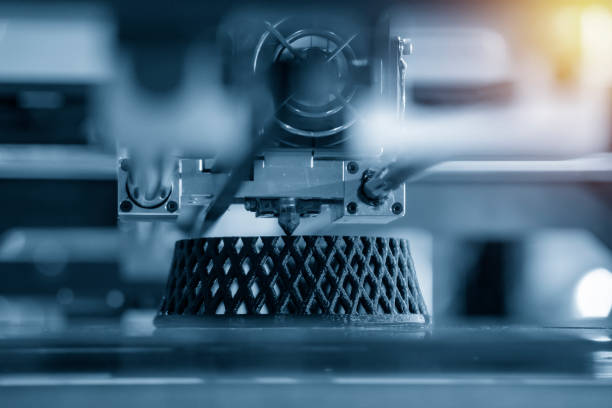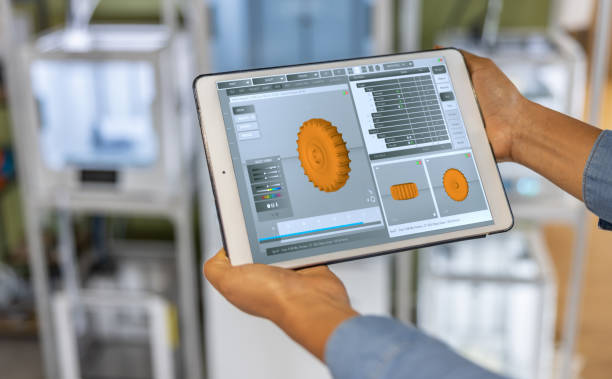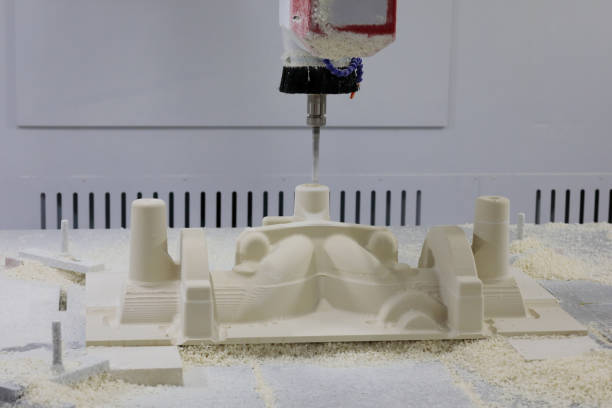- Apr 01, 2025
Custom prototypes serve as a bridge between concept and final production, enabling manufacturers to validate designs, optimize processes, and minimize costly errors. By incorporating rapid mold making, small batch production, and precision prototyping, businesses can significantly reduce time-to-market while maintaining quality and efficiency.
Accelerating Design Validation and Refinement
Traditional product development cycles often suffer from extended design iterations, leading to delays in production. Custom prototypes allow engineers to create tangible models for real-world testing, identifying potential design flaws early in the process. This rapid feedback loop ensures that necessary refinements are made before full-scale manufacturing, reducing costly revisions at later stages.
Modern technologies such as rapid mold making further enhance this process by producing functional prototypes with high accuracy and material consistency. These prototypes closely resemble the final product, allowing for performance testing under real operating conditions. By addressing potential issues in the prototyping phase, companies can prevent production bottlenecks and shorten overall development timelines.

Enhancing Production Efficiency with Rapid Mold Making
The transition from prototyping to production is often hindered by lengthy tooling processes. Traditional mold-making methods can take weeks or even months, delaying product launches. Rapid mold making leverages advanced manufacturing techniques such as CNC machining and 3D printing to produce high-precision molds in a fraction of the time. This accelerated tooling process allows manufacturers to move quickly into trial production, ensuring that products reach the market faster while maintaining quality standards. In addition, rapid tooling enables quick adjustments, accommodating design modifications without significant delays. This flexibility is especially valuable in industries such as medical devices, consumer electronics, and automotive manufacturing, where frequent innovation is necessary to remain competitive.
Small Batch Production: Bridging the Gap to Mass Manufacturing
Not every product requires immediate large-scale production. For many businesses, small batch production serves as an essential step in validating product-market fit and fine-tuning manufacturing workflows. Custom prototypes facilitate this process by enabling low-volume manufacturing with production-grade materials and finishes.
This approach minimizes risks associated with mass production, allowing businesses to collect market feedback, refine product features, and optimize supply chains before committing to full-scale manufacturing. Additionally, small batch production provides greater agility in responding to customer demands, reducing the likelihood of overproduction and inventory waste.

Seamless Integration into Mass Production
One of the biggest challenges in product development is ensuring a smooth transition from prototype to mass production. Custom prototypes help manufacturers optimize assembly processes, refine material selection, and validate production techniques. By identifying and addressing potential manufacturing challenges early, businesses can avoid unexpected disruptions that could delay market entry.
Furthermore, early-stage prototyping enables better collaboration between design, engineering, and production teams. With a well-defined prototype, manufacturers can establish clear production guidelines, ensuring efficiency and consistency when scaling up.

Conclusion: Gaining a Competitive Edge
In today’s fast-moving industries, reducing time-to-market is essential for maintaining a competitive advantage. Custom prototypes, combined with rapid mold making and small batch production, enable companies to accelerate development cycles, minimize risks, and optimize manufacturing workflows. By adopting an agile approach to prototyping, businesses can innovate faster, improve product quality, and capture market opportunities ahead of competitors.
For manufacturers looking to streamline their product development, investing in custom prototyping solutions is no longer an option—it’s a necessity.


